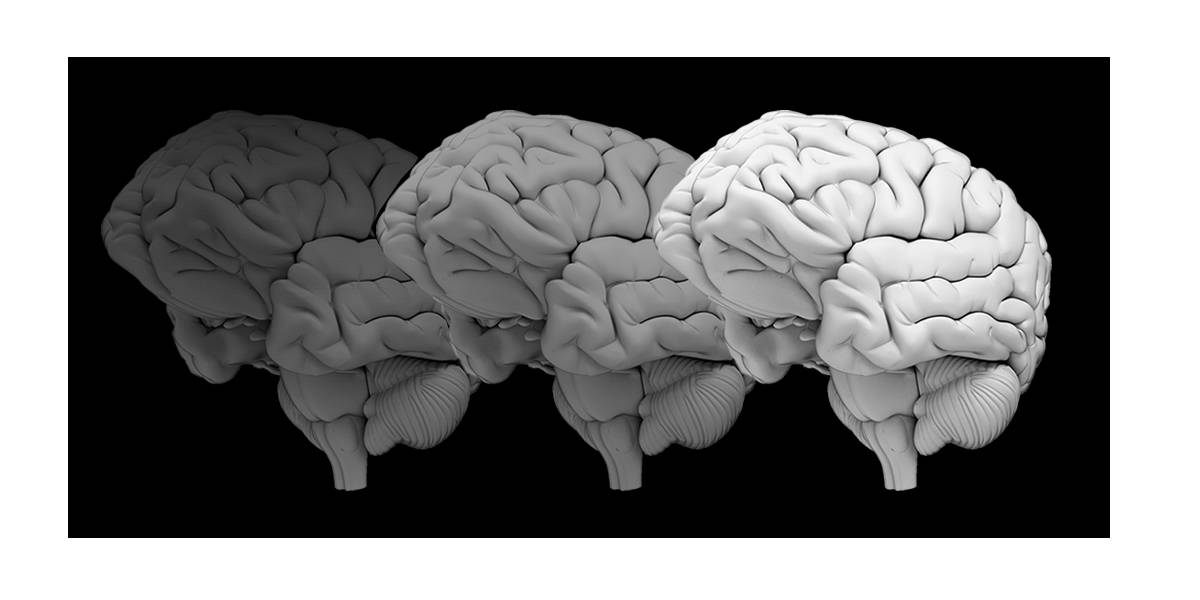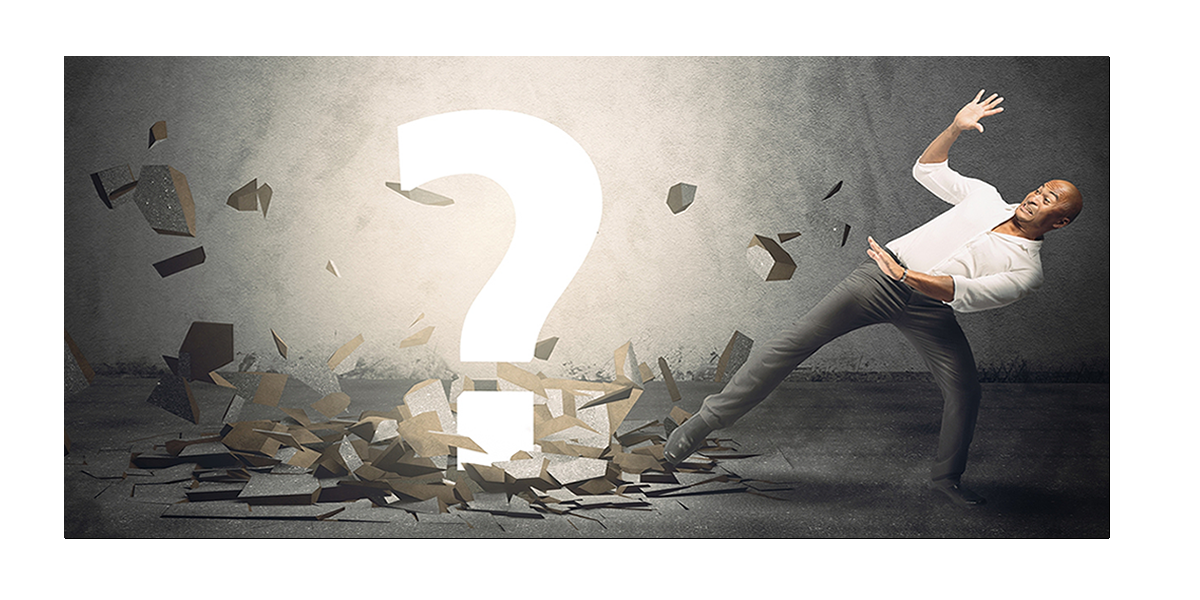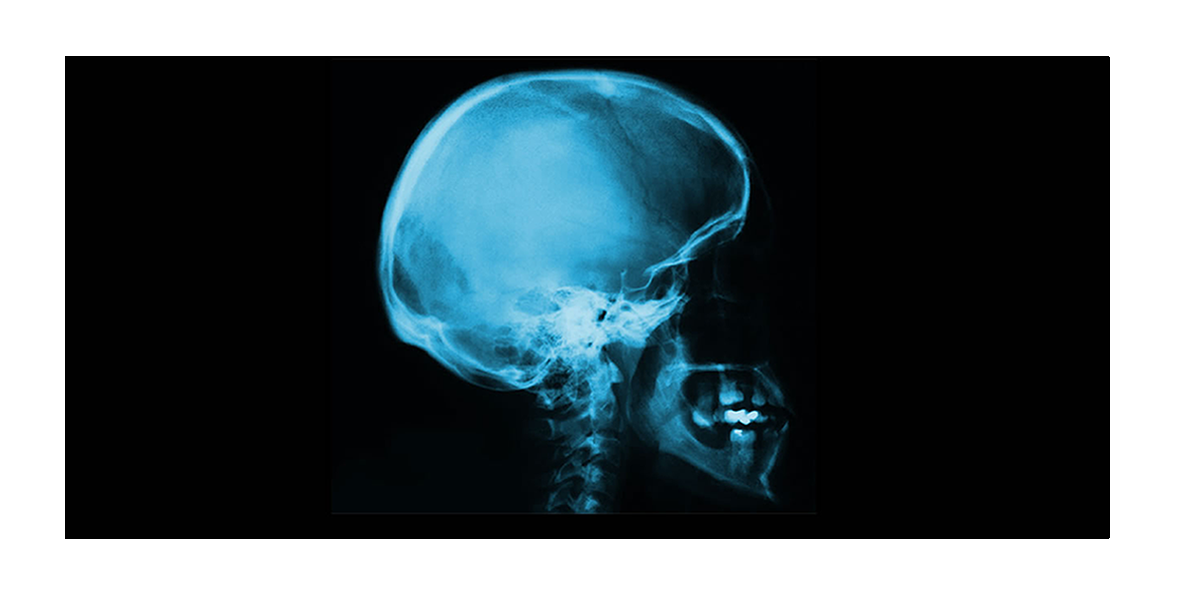Fighters need to learn more about concussion risks, study head says
Fighters need to learn more about the risks of concussion, especially during training, to protect against brain injury, a medic leading a long-term study into head trauma
Channel News Asia
(Reporting by Philip O'Connor; editing by John Stonestreet)
May 11, 2016
REUTERS: Fighters need to learn more about the risks of concussion, especially during training, to protect against brain injury, a medic leading a long-term study into head trauma said.
With two professional bouts marred by high-profile head injuries in the past two months, neurologist Dr. Charles Bernick of the Cleveland Clinic Lou Ruvo Center for Brain Health in Las Vegas, Nevada, said combat sports could never be made completely safe.
But there were clear steps fighters could take to cut down the risks, he told Reuters in an interview.
"Educate yourself on concussion and head injury," Bernick says, when asked for his best advice. "Most cumulative injury comes in training, and sustaining a concussion close to a fight may make a fighter more vulnerable to be knocked out easier.
"It is important to reduce the exposure to head trauma during sparring and training."
Brain trauma made headlines on April 9 with the death of Portuguese mixed martial arts (MMA) fighter Joao Carvalho two days after a bout in Dublin.
Days later British middleweight boxer Nick Blackwell retired, having emerged from a coma induced after a title fight against Chris Eubank Jr in March.
Bernick is in the fifth year of the Professional Fighters Brain Health Study (PFBHS). Backed by promoters and governing bodies in MMA and boxing, it tests active and retired fighters to better understand the effects of repetitive head trauma.
"This includes developing means to detect brain injury early, determining what factors put an individual at higher risk of long-term neurological injury," he said.
Carvalho's death and Blackwell's coma led some commentators to conclude both fights should have been stopped earlier, and there have been calls for increased regulation of MMA in Ireland.
But Bernick said eliminating danger altogether was not an option.
"There is no question you can institute policy changes that can reduce the risk of serious injury from head trauma," he said.
"But as long as people get hit in the head, there is no way to eliminate the risk of concussion."
He said he expected information learned from his study to be applied to make other contact sports safer too.
Chronic traumatic encephalopathy (CTE) has also left its mark on American Football, and for several years the National Football League has wrestled with the problem of how to compensate former players who have the neurological condition, which seems to manifest itself differently in them.
"There are definite differences between sports, likely to be related to the mechanics of the head impact," Bernick said. "Fighters are more likely than football players to have slurred speech, or coordination problems.
"However, there are also some common features such as memory impairment, mood and behavioral changes."
Bernick said the study has identified certain areas of the brain that seem more vulnerable to injury and developed an iPad-based test to quickly assess brain performance over time, which the Nevada State Athletic Commission is to make mandatory for fighters later this year.
"We have also developed a 'Fight Exposure Score' based on the number of fights, fights per year, age, education, and the number of times a fighter has been knocked out which can predict who is a higher risk of having cognitive impairment," Bernick added.
Last week the medic took his research to Washington where Senator John McCain expressed support.
"We must make sure that the young men and women who engage in these sports are not going to put their lives and futures in jeopardy," McCain told a media conference.
(Reporting by Philip O'Connor; editing by John Stonestreet)
- Reuters









